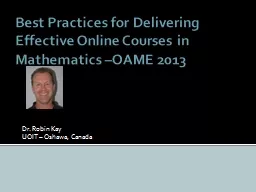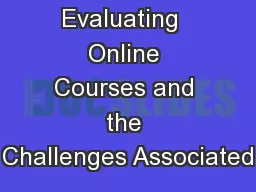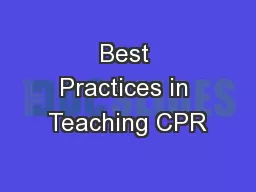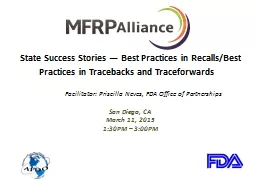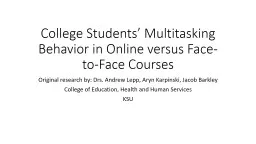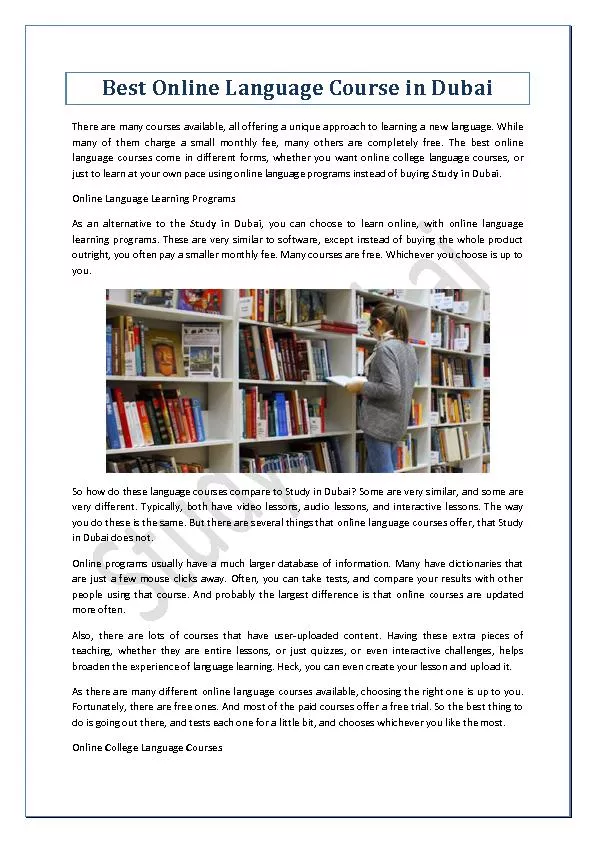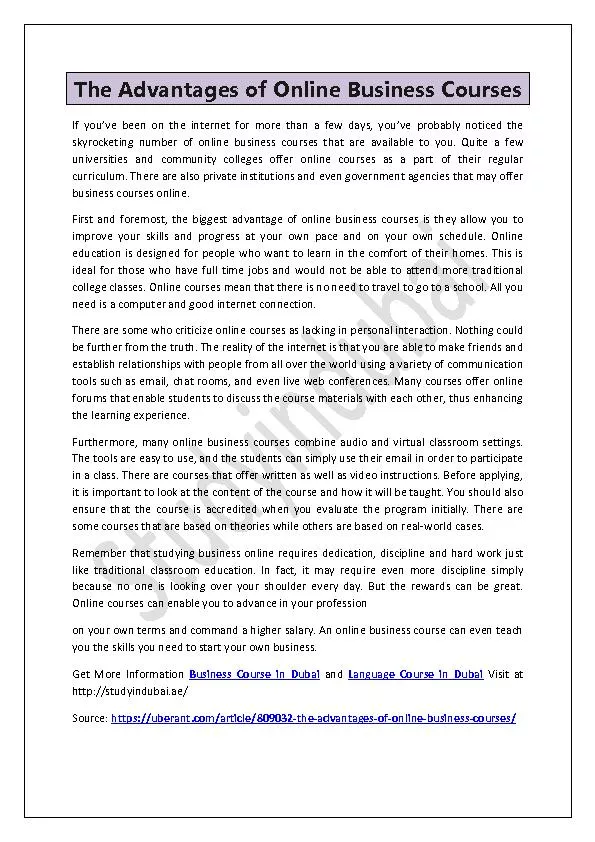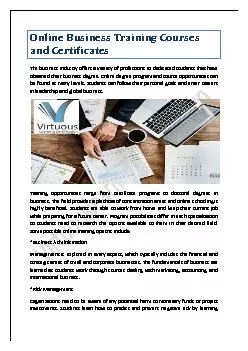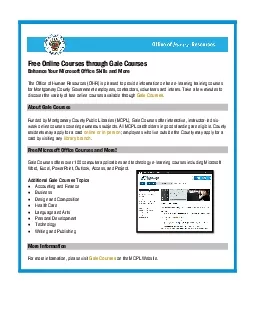PPT-Best Practices for Delivering Effective Online Courses in M
Author : marina-yarberry | Published Date : 2017-07-11
Dr Robin Kay UOIT Oshawa Canada Introduction UOIT Faculty of Education at educationuoitca Masters Program is Virtual And you What would you like to get from
Presentation Embed Code
Download Presentation
Download Presentation The PPT/PDF document "Best Practices for Delivering Effective ..." is the property of its rightful owner. Permission is granted to download and print the materials on this website for personal, non-commercial use only, and to display it on your personal computer provided you do not modify the materials and that you retain all copyright notices contained in the materials. By downloading content from our website, you accept the terms of this agreement.
Best Practices for Delivering Effective Online Courses in M: Transcript
Download Rules Of Document
"Best Practices for Delivering Effective Online Courses in M"The content belongs to its owner. You may download and print it for personal use, without modification, and keep all copyright notices. By downloading, you agree to these terms.
Related Documents

